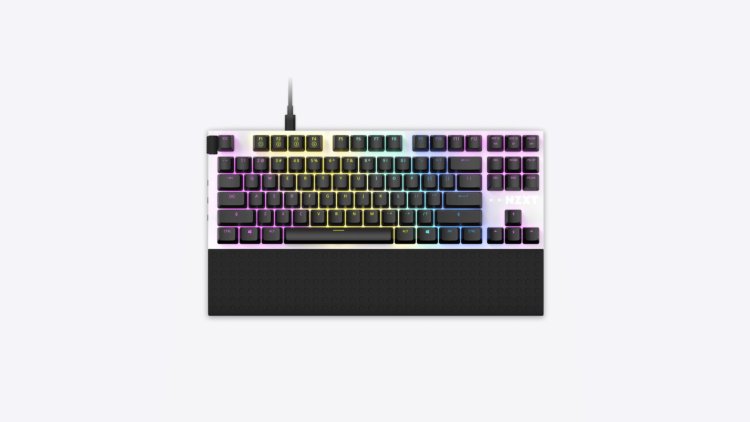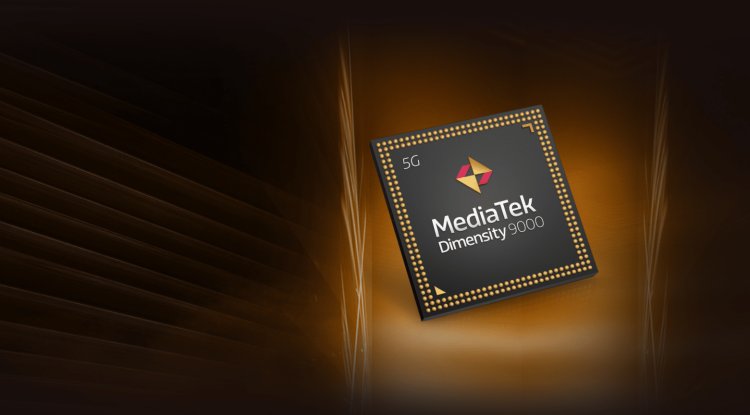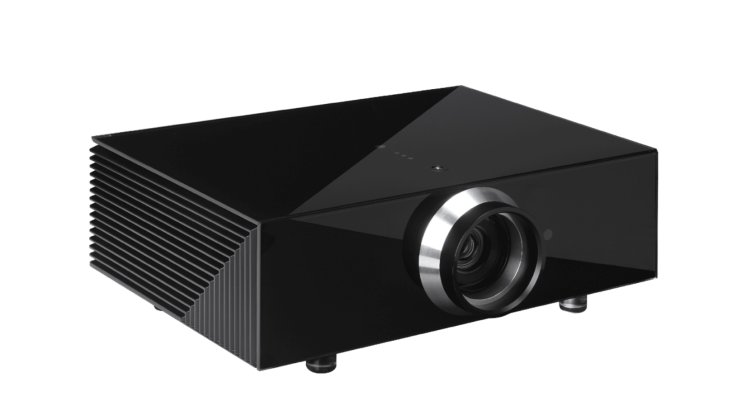NZXT Function Tenkeyless in the test

Until now, NZXT has mostly focused on the creation of entire PCs and desktop components. The variety of PC peripherals is now being expanded. The NZXT Function is the company's first mechanical keyboard, and it comes in three sizes: full-size, TKL (Tenkeyless), and 75 percent (MiniTKL).
We took a detailed look at NZXT's initial work, the Tenkeyless function, to see if it was a successful introduction to the keyboard segment.
At the very least, NZXT can claim an aesthetic advantage with the function. Because the keyboard looks nice with its free-standing switches and subtly positioned additional keys, and because it is well-made thanks to its aluminum chassis.
If you wish to personalize the NZXT Function, you may change the colors, wires, and other aspects in the online editor. The function is provided in black and white by default.
The number pad is missing, but all of the other keys are present. This implies that the function takes up less desk space, which is especially useful for tiny tables. Minimalists will receive their money's worth here as well.
The two-meter USB-C cable connecting the keyboard is substantial and sturdy, so we have no complaints here. The Function, on the other hand, must deal with a minor niggle in the form of the rubber palm rest.
Other keyboards at this price bracket feature even more pleasant pads made of synthetic leather. Furthermore, dust is difficult to remove from the palm rest since it gets caught on the rubber.
We also have a little complaint about the keycaps: NZXT employs ABS keycaps rather than the more robust PBT plastic. As a result, after a few years of heavy use, there may be evidence of wear and tear here.
NZXT adds a volume wheel to the function that is attached to the top left, in addition to the standard buttons. The wheel is built into the side of the frame, which saves space while also looking quite modern. Three more keys are cleverly placed on the left side of the system: one for muting, one for locking the Windows key, and one for regulating the lighting intensity in five levels.
The keycaps conceal Gateron Red linear mechanical switches. These are ideal for gaming because they can be activated quickly and effortlessly (45 g). The NZXT Function can also be ordered with tactile Gateron Brown or tactile Gateron Blue clicky switches.
For an additional fee, the Gateron Aliaz Silent (tactile, quiet) and Gateron Silent Black Ink (linear, quiet) switches are available. The switches are guaranteed to last 50 million clicks, according to NZXT.
If none of the alternatives appeal to you, you do not have to go through with it: Because the NZXT Function is a hot-swappable keyboard, the switches can be replaced without the need for soldering. The scope of delivery includes a related key switch puller.
While the function's alphanumeric keys were able to completely persuade us, the space and enter keys, unfortunately, cut a far less impressive figure. Both are only shaky and wobble a lot if we don't press the keys correctly in the middle.
The NZXT Function has N-Key rollover and anti-ghosting, as is typical for mechanical keyboards, to prevent unintentional input oversight when multiple keys are pushed at the same time.
The NZXT Function boasts a good amount of RGB, which is standard for a gaming keyboard. Each key has its own lights that may be set independently. The illumination is quite powerful, but still elegant, due to the exposed design and the translucent text of the keys.
To adjust the lighting to our liking, we'll need the free, optional NZXT CAM software. Because the keyboard control was embedded into the software, which was originally developed for PC monitoring.
Not only can we adjust the illumination in the app, but we can also modify the key assignment. It is even feasible to design more complicated macros. The software's scope is currently fairly limited and cannot be compared to mature peripheral software like Corsair's iCue or Razer's Synapse. However, upgrading the software subsequently is usually not an issue.
It's impossible to evaluate whether the function's introduction into the keyboard market was successful. Because the Function isn't a poor keyboard in any way: we love the design, switches, lighting, and layout of the extra keys.
Nonetheless, the function is dealing with a number of teething issues: A successor model can replace generic ABS keycaps, software with little equipment, and, most importantly, the badly stabilized space bar.
If you can ignore this and are searching for a sleek, inexpensive keyboard that can also be customized using the editor, the NZXT Function is a good choice. Do-it-yourselfers can easily stabilize the space bar themselves subsequently, owing to the accompanying keycap puller.





























